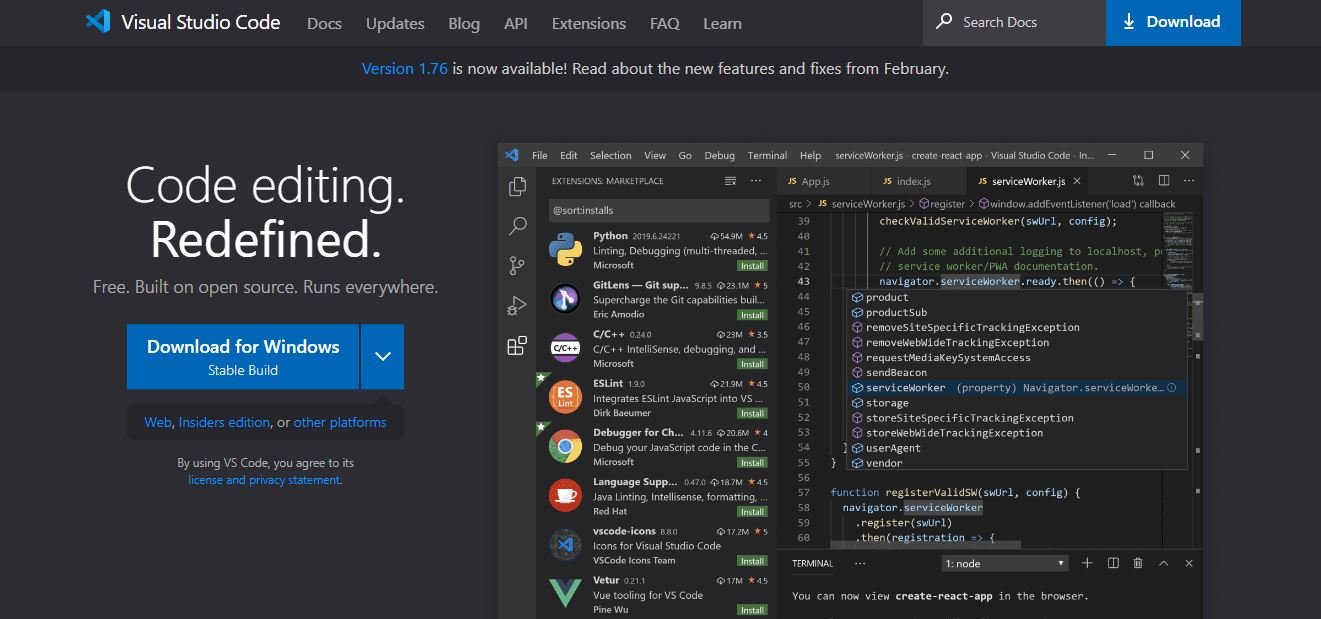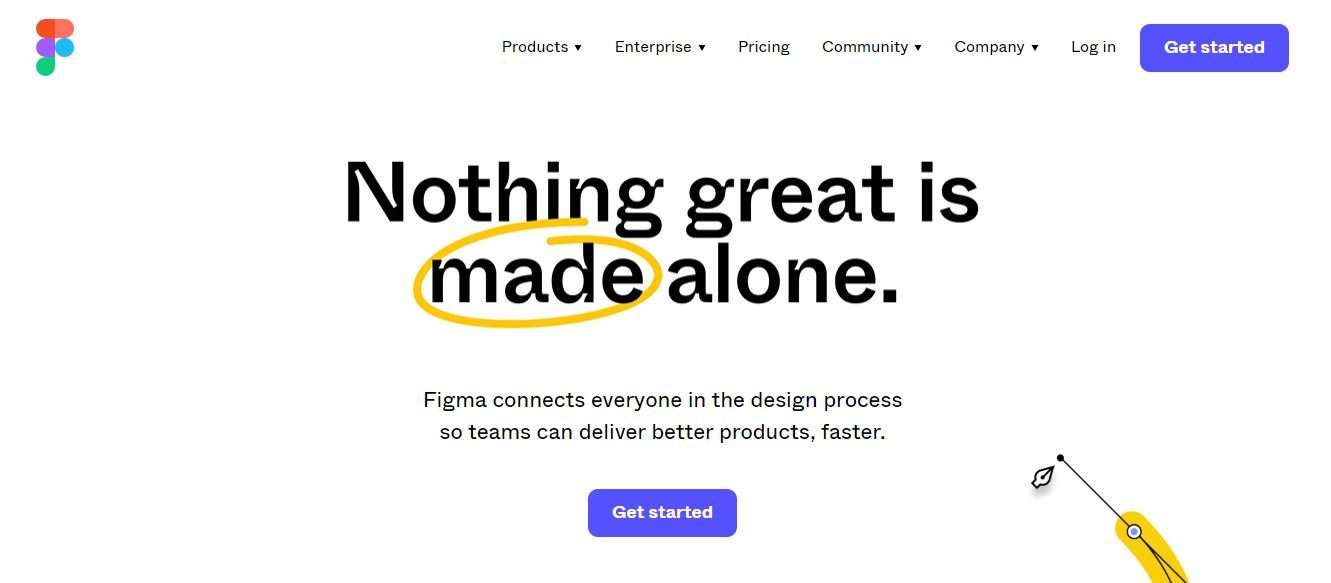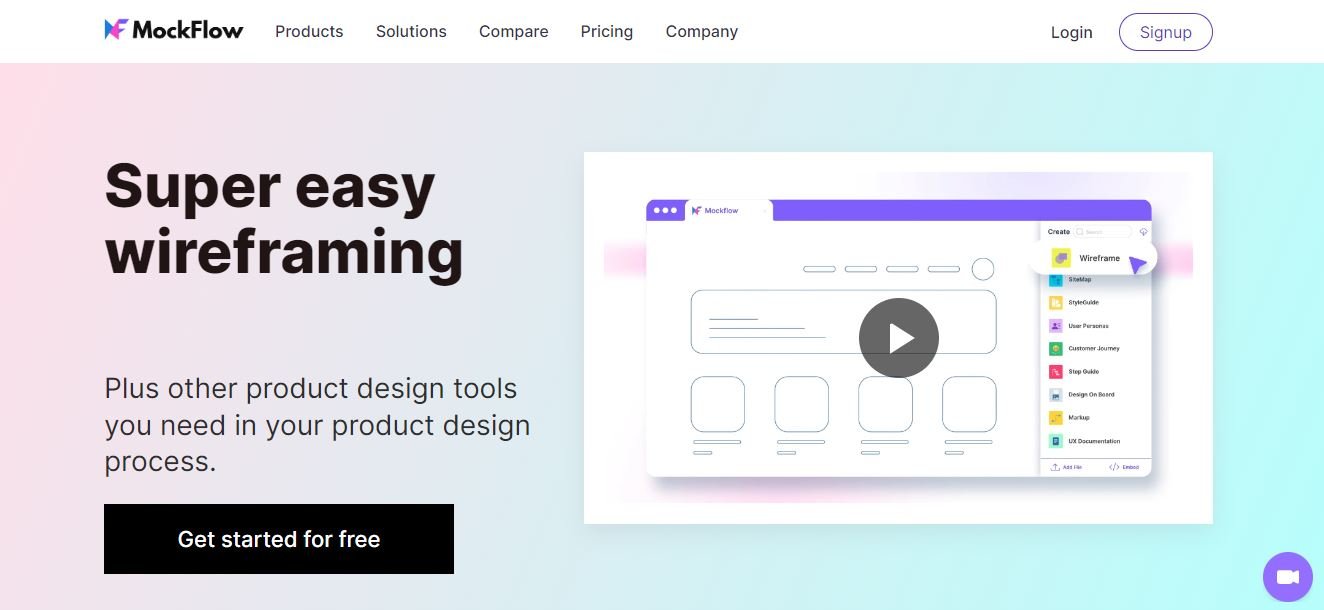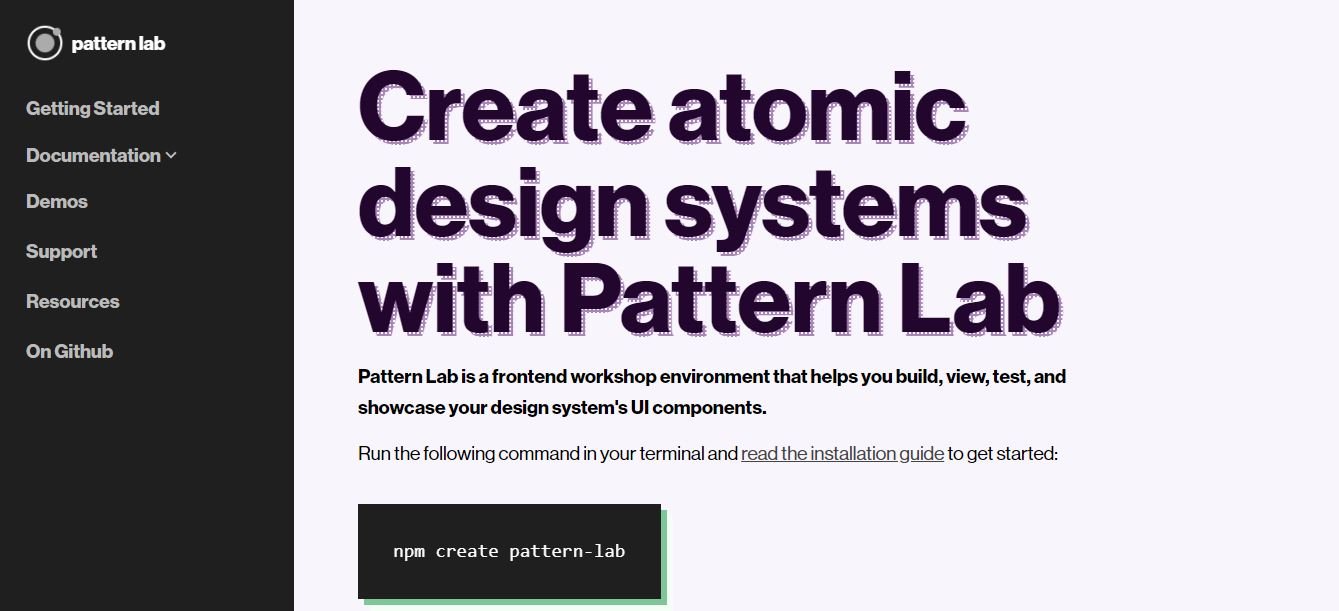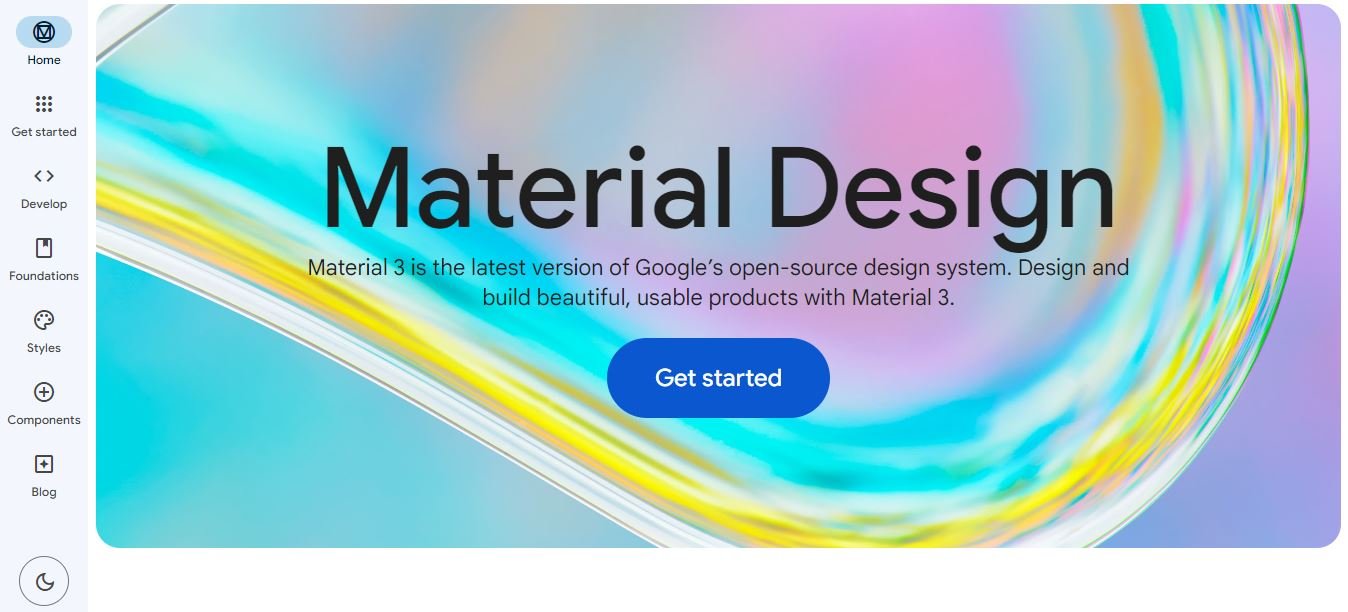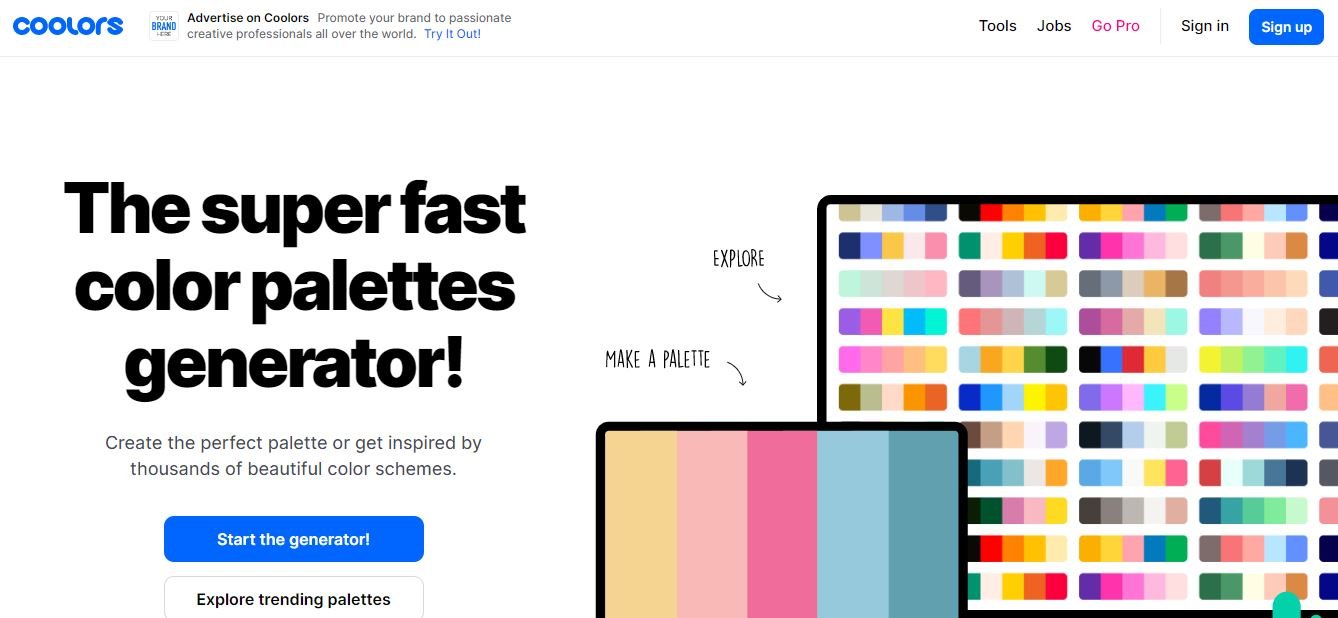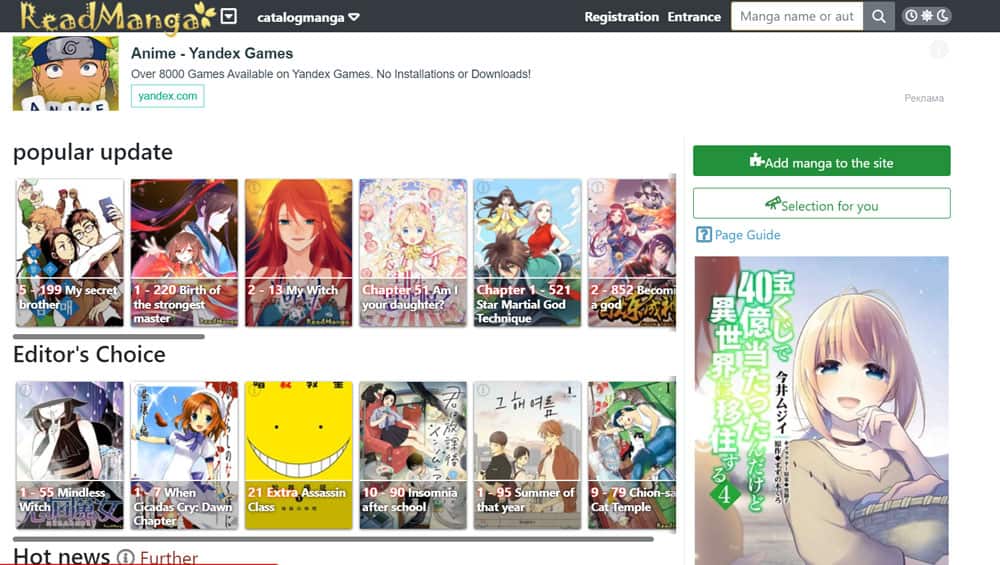15+ Best Free Web Design Tools in 2023
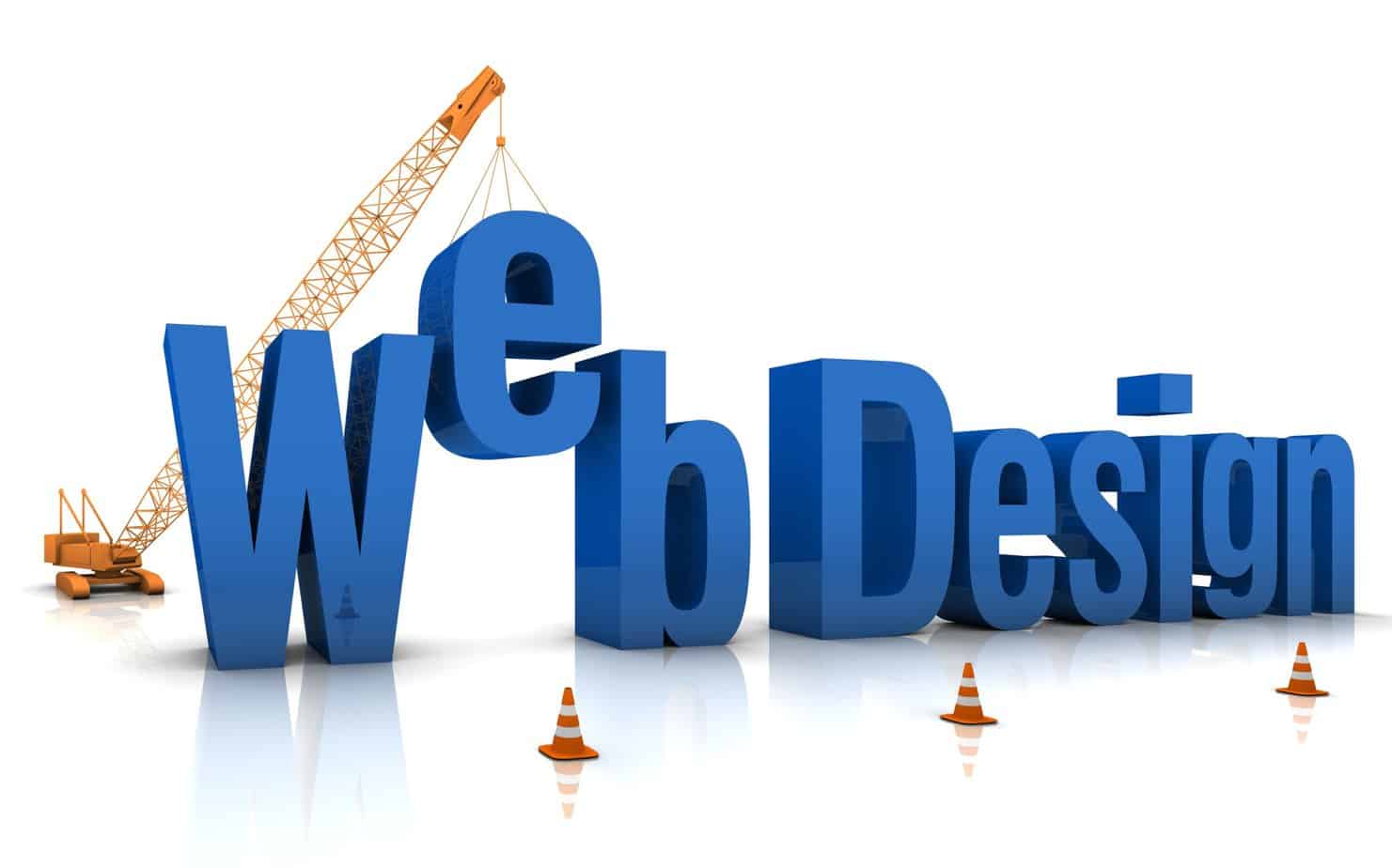
Do you think growing your company online will be a good move? Have you thought about taking your company online? Is it possible that you’re thinking about redesigning your company’s website? To what extent do you need assistance? Do you need help if that’s the case? We’re here to give it to you. In this article, we’ll go over a few web desing tools and resources that can help you design a stunning website. Attractive website design is of paramount importance at the moment, but it can be challenging to achieve one without the right resources and know-how.
Your audience’s initial impression of your brand will be formed by the design and content of your website. If they don’t find anything appealing there, they may leave without looking further. It is up to you to draw people to your website and keep them there so that they eventually buy from you regularly.
You can rest assured that this is not the only variable impacting your company, but it does play a major role. It is impossible to attract new customers or keep the ones you already have if your website is not appealing to look at. A website that is both well-optimised for search engines and well-equipped with useful features is also required. Let’s start by defining our choices of web design tools and understanding the context of this articles.
Web Design Tools
What are commonly known as “Web Design Tools” are actually applications and tools used in the process of creating websites. The design of your website determines its visual appeal. Web design tools’ goals extend beyond aesthetics to include functionality and responsiveness.
In addition to looking nice, a top-notch website also loads quickly and performs well in search engines. Web design tools make it easy to add all the bells and whistles that can elevate a mediocre website to something worth visiting. You need to select the right tool for your business’s needs, website’s purpose, budget, available assets, and technical requirements.
Uses of Web Design Tools
Reasons and advantages for using such tools include, among others:
- They provide SEO services to boost a website’s visibility online.
- It is possible to develop sites that are compatible with mobile devices.
- Effective analytics can be obtained with the help of these tools.
- The entire Design process is under your command.
- You avoided wasting time.
- Affordable design is possible.
- The settings are entirely up to you.
- They make your responsibilities much easier.
15 Best Web Design Tools for You
All the free web design tools that we thought were worth mentioning in 2023 have been included on this list we have compiled. The details are laid out so that you can pick the ideal solution for yourself.
1. Sublime Text 4
Sublime Text 4 boasts extensive configuration options for its text-editing platform. It’s a popular, powerful tool with an adaptable user interface. Because of its widespread distribution, the app is also translated into numerous languages. The program has a fun and easy to use user interface.
It’s simple to understand and use. Aesthetically, the tool is a delight to use. Code is easier to read in Sublime Text 4 thanks to its use of color coding for different elements. This simplifies the code and helps find bugs.
In the application, you’ll find a collection of features for you to manage. It also has a large number of plugins and is plugin-friendly. There is a free version and a premium version of the site available to you. It works very quickly and efficiently.
Some users have complained that the tool’s persistent prompts to upgrade to a paid version are a major distraction while they’re trying to get work done. Code evaluation and execution requires the use of supplementary software. It also cannot determine the nature of your code mechanically. Several users have complained that the tool does not have enough sophisticated automation or assistants.
2. Sublime Text 4
It is possible to use the same source code editor on MacOS, Windows, and Linux with Visual Studio Code. It can be used without cost to you. Incredibly helpful tools are at your fingertips. Features such as syntax highlighting, search and replace, autocompletion, code folding, collaborative editing, selection methods, language support, extensibility, plugins and integrations, cross-platform support, good security, version control, application management, API, bug tracking, change management, code review, and custom development are just a few of the many highlights.
The interface is very user-friendly and intuitive. Their dedication to satisfying their clients is second to none. You should know that this system has a very high battery consumption rate before you decide to use it. With the many extensions offered by Visual Studio Code, running code is quick and painless. Some users claim you can still feel it after using the product. Instructions for each line of code are included. Unfortunately, previewing an SVG file is not a built-in feature.
Additional users have commented that the AI debugging assistant could be enhanced. Finding the settings and navigating the settings interface may be more challenging than using the other features.
3. Figma
Figma is an advanced prototyping tool that makes design a breeze. It’s a free, powerful tool that streamlines the process of creating user interfaces for websites and apps. You can choose between a free and a paid version of Figma. To access the premium features, users can sign up for a monthly or yearly subscription. It’s a web-based environment where anyone can contribute to the design process.
It’s convenient because it’s hosted online. In addition to being easy to use, its interface is straightforward. All of the tools available on this platform are top-notch. You can also use the shortcut while you’re working. This is a fantastic function for teams. It encourages group work online, which improves coordination and creativity. To begin with, its potential is boundless.
Investing more time into the site will help you make steady progress in your efforts. It can be used on a desktop and weighs next to nothing. Keep in mind that there are some restrictions on the features available in the free version of the platform, but it is adequate for the vast majority of users.
You might have trouble getting the hang of it at first if you try to play the instrument for the first time without any training. They also don’t have a dedicated app for mobile devices, instead providing a mobile viewer.
4. Sketch
The purpose of the sketch in product design is to give form to your ideas. It can be obtained for a fee or at no cost at all. The setting is superb for imaginative expression. Both vector and raster graphics benefit greatly from it. A wide range of add-ons are also compatible with it. Because of this, it’s easier to incorporate with other programs.
Users familiar with Adobe’s software will have little trouble adapting to this new platform, as the majority of its features are identical. The keyboard shortcuts further streamline and simplify the design process. It makes it easier to make prototypes and wireframes.
It also works with Craft and InVision. Putting your thoughts into action is an enormous task. It’s important to keep in mind that the platform can be challenging to work with in terms of collaboration. One of the biggest problems that fans face is that it’s only for Mac.
In a team setting, this can be a major issue because it makes it more challenging for Windows users to contribute to the effort. Some users have also claimed that it is not a good choice for prototyping.
5. Marvel
Marvel is a service for creating interactive prototypes and wireframes of mobile, desktop, and other cross-platform apps in the cloud. The platform’s interface is made for ease of use. The support staff is also very helpful and easy to work with. Different aspects of the platform are what have attracted so many users.
Features such as an application programming interface (API), alerts and notifications, application management, collaboration tools, custom development, branded templates, data synchronization, drag-and-drop, feedback management, mobile access, multiple user accounts, offline access, prototype creation, role-based permissions, single sign-on, software prototyping, third-party integrations, usability testing, user management, a web-based, WYSIWYG editor, and much more are all included. There is a free option and a paid subscription for this service.
They’ve made a really fun and intuitive user interface for you to play around with. As an added bonus, it encourages teams to work together on projects in real time over the internet. Note that some updates to Android are necessary before you can start using the platform. The ability to lock freely is limited in the free version. You need to keep an eye on the flows that are occurring to avoid getting lost when you’re trying to create them.
6. InVision Studio
The visual collaborative design and prototyping platform InVision Studio. It’s a recommended styling technique for coders and designers. That way, everyone on the team can work together on a single project. It’s also possible to pool resources by means of the platform. Furthermore, their capabilities can aid in encouraging teamwork.
Tools for creating presentations, managing projects, planning projects, making prototypes, receiving real-time notifications and updates, generating reports and analytics, managing security, sketching and annotating on captured screens, working in real-time with others, using templates, and more are all at your disposal.
Remember that the login process can be annoying from time to time before you start working. Some users may have trouble with third-party plugins, and it may be limited in the platforms to which projects can be uploaded. Feature development can be sluggish at times. Also, the web and mobile app can be slow and demanding on system resources for some users.
7. Affinity Designer
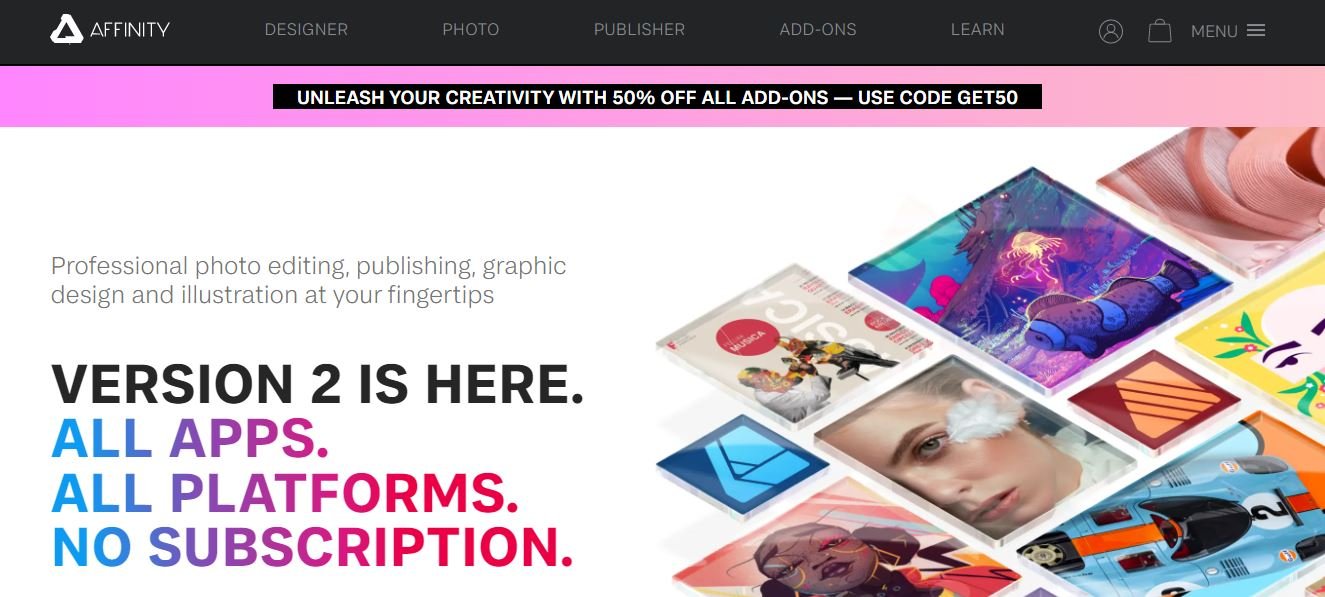
Customer service is also top notch, especially when it comes to fixing users’ problems. The platform’s primary functions include vector and pixel data integration, dynamic symbols, a split screen, and UI, web, and app design optimization, among other things.
There are many tools at your disposal, including advanced grids, snapping options, astounding geometry, game design, brush stabilization, responsive designs, an advanced memory system, asset management, advanced file support, an unlimited number of artboards, impressive text, and non-destructive operations. Due to its extensive feature set, this tool is considered to be a better substitute to Adobe’s suite of tools.
Keep in mind that document compatibility with non-affinity programs is not particularly well implemented when working with the platform. Some of their features are viewed as being overly complicated by users. And a few customers have mentioned experiencing minor glitches while using the service.
One such issue is the sudden closure of online services in the middle of the workday. Some professionals who have used other professional platforms find that this one is missing key functionality. Nonetheless, the platform’s overall effectiveness is lauded by its audience.
8. Balsamiq
As a platform, Balsamiq has made wireframing easier for everyone. It’s the best wireframing software on the market because it’s so easy to use. The software is useful for designing user interfaces for web and mobile apps. The interface is simple and straightforward, and the support staff is top-notch.
The platform supports numerous languages, including German, French, Italian, English, Spanish, Turkish, and Portuguese. There appears to be a plethora of options available to users on this platform. Some of these functions include the ability to brainstorm, set permissions and access levels, collaborate with others, leave comments and notes, access a library of pre-made components and templates that can be modified, link data, import and export information, and manage designs.
Design templates, desktop interface, drag-and-drop, drag-and-drop editor, feedback management, for mobile, for websites, ideation, image library, mobile access, mockup creation, presentation tools, offline access, real-time updates, single sign-on, software prototyping, and third-party integrations.
It’s important to know that this platform doesn’t offer the features API access, A/B testing, activity dashboards, or behavior tracking before committing to using it. Few people have anything negative to say about the service, and the vast majority of people who do use it are satisfied.
Users have voiced concerns that the platform’s user interface could use some work, especially in comparison to competing products on the market.
9. MockFlow
Mockflow is a program that has changed the face of wireframing in the digital realm. It’s a set of user interface tools that creates a spellbinding environment for designing products, bringing together groups of people with an eye toward innovation. Popularity stems from its easy-to-understand design and friendly interface. There’s the added bonus of improved teamwork.
Some of the most notable features of the platform include: access controls and permissions, brainstorming, chat and messaging, collaboration tools, commenting and notes, component library, design management, design templates, desktop interface, drag-and-drop option, drag-and-drop editor, feedback management, heatmaps, mockup creation, multiple projects, multiple user accounts, offline access, presentation tools, prototype creation, real-time updates, and reporting.
There doesn’t seem to be any way to monitor user actions or compile that data into a dashboard on this platform. Customer service is limited to email only and does not include other options like phone support, in-person training, or support tickets. For this reason, it may take a little longer than usual for it to answer your queries.
It currently also works on mobile devices. Furthermore, the site is currently only available in English. Moreover, it’s possible that you and your team won’t be able to work on the same project at the same time. However, there aren’t many major complaints about the platform from users.
10. Framer
Framer is a professional prototyping tool that provides an excellent blank slate for web design. In today’s world, anyone can build a website and share it with the world. The website stresses the importance of being unique. It’s a great tool for getting multiple people working together on one task.
Some of its most notable features include: access controls and permissions; brainstorming; chat and messaging; collaboration tools; comments and notes; data import and export; data linking; design management; design templates; document storage; mind maps; mockup creation; multiple projects; multiple user accounts; presentation tools; third-party integrations; version control; whiteboard; and wireframe creation.
The features available on this wireframe platform are virtually comprehensive. Farmers accept teamwork for both single and numerous tasks. The feature also allows for numerous user accounts. It’s a fantastic item that helps designers make fantastic creations. As such, it is a tool that inspires creative people to bring their concepts to life.
Moreover, the product is elevated by the inclusion of an App Store, animation, and cutting-edge coding. It has significantly improved the economic viability of manufacturing. Generating high-quality samples is an impressive achievement. On top of that, it makes communication easier than most other options.
There aren’t many drawbacks to the site, but some users may struggle with the steep learning curve associated with getting started. To properly utilize some of the products, a user’s guide or handbook may be necessary. There don’t seem to be too many other issues with the program.
11. Fluid UI
Fluid UI is a prototyping and wireframing tool that can be accessed from any computer browser. Users can use it to design mockups, prototypes, and wireframes for their smartphone apps. The tool can be used by anyone, from complete beginners to seasoned pros, so anyone who could profit from its features can do so.
The helpfulness of the platform’s customer support staff is remarkable, and so is the platform’s intuitive design. Whether working alone or in a group, users will find the app to be highly functional. It’s also remarkable how quickly the platform can move. The overall experience on the site is pleasant and easy to use. Both a freemium and a premium edition are on offer.
There is a free version accessible, and there is also a free trial. Many different types of kits exist, such as those for material design, iOS, and wireframing. It has many useful functions, such as prototyping, mockups, wireframes, online collaboration, integrated libraries, on-device testing, comments and feedback, and live presentation.
Keep in mind that the platform’s positioning can be a little awkward at times, that there is a learning curve that may deter some new users, that the size of the monitor may impact how you view things, and that some users may find the features to be less intuitive.
12. Bootstrap
The Bootstrap template is now even easier to use thanks to the Bootstrap Studio platform. It’s a program that helps you make webpages based on the Bootstrap framework. The platform boasts a sleek and sophisticated user interface, a comprehensive collection of components, a state-of-the-art CSS editor, a straightforward font import from Google fonts, live font editing, a one-click export to HTML, Linux versions, and automatic publishing.
There are a ton of cool features, such as a local network display in real time, modular components that can be shared, and compatibility with other platforms. Support for Bootstrap and BootFaces is built in. The utility has been lauded for its versatility and is thought to be great for creating websites. The utility has gained widespread acclaim for its ability to significantly reduce time spent on creating Bootstrap components for websites. You can’t immediately export your site to WordPress, you can’t use it with the Chrome browser, and it doesn’t support React or Angular.
Some people may be disappointed if they have greater standards, as it is only a tool for design. In general, professionals prefer to do business at a single place that provides a variety of services, which may not be feasible here.
13. Pattern Lab
Using atomic design principles, Pattern Lab lets its users create innovative and well-considered user experiences. You can use a wide variety of languages and frameworks with the system. These include Webix, Moqups, Angular UI Bootstrap, JSHint, Ember.js, PHP, and Node.js. Nested Patterns, Design With Dynamic Data, Language Independence, Pattern Documentation, Viewport Resizer Tools, etc. are a few of its main features.
Pattern Lab is a tool for integrating UI patterns. It is basically a PHP or Node-powered static site generator that connects UI components. To ensure that the user’s components can handle the dynamic nature of the user’s content, the platform enables the user to swap in various representative content. Its main characteristic is its user interface design.
The only accepted language on this platform is English. The platform also allows users to embed UI patterns within one another. When you change a pattern, the modifications will be reflected everywhere the pattern is used.
Both the developer tools and the CSS framework offered by the platform are remarkable. The platform’s website builder is also regarded to be of high quality, but it lacks CMS support. The platform’s general functionality and performance is satisfactory for designers.
14. Google Material Design
The Google Material Design platform is an excellent choice for many professionals. Google’s websites and application-based services have adapted the guidelines of this platform as their signature look. The company’s affiliation with Google makes it incredibly well-known. It is an outstanding choice for a variety of design implementations.
Material design is basically a Google-made platform and a design tool with guidelines for everything, such as typography, grids, space, scale, color, and imagery. This platform is a full ecosystem for design. Material Design has rules for every conceivable design scenario. This feature can be extremely calming for many designers looking for platforms like these.
Google offers extensive support and documentation for this platform. This tool’s documentation includes instructions on how to use and implement it. Subtle skeumorphism, user-friendliness, subtle animations, user feedback, a simplified sense of physics, etc., are a few of its notable characteristics.
The platform’s close relationship with Google and Android in particular may have a negative effect on some users. Material Design may also reduce the effectiveness of another brand, if the object it is applied to is already associated with Google.
This is a concern held by many users. The Material Design functionality may be a little difficult for novices, and its initial use may also involve a learning curve. Some usability issues are also a component of the user experience and may negatively impact its users.
15. Coolors
Coolors is a generator of color schemes for artists. The platform is well-liked for its user-friendliness and its knowledgeable and helpful customer care team. Color schemes for branding and websites are extremely essential. It makes it visually appealing and ultimately visitable. No one hates an attractive website.
Colors can be used to create a perfect palette or to gain inspiration from the thousands of existing color schemes. The tool is readily compatible with mobile phones. The platform’s main features consist of a palette generator, thousands of color schemes, an image picker, a contrast checker, and an image recoloring utility. There is a collage maker that aids color scheme matching.
You are allowed to explore a variety of gradients on this platform and can also create your own. There are also premium icons, drag-and-drop, picture exporting, file sharing, a customizable structure, and automated designs to consider.
There are no significant drawbacks to this platform. It has aided tens of thousands of artists. You may become perplexed by the plethora of choices, and you may not know which colors to consider for your artwork. You invest a great deal of time on this website to locate a few palettes.
Conclusion
To conclude this discussion, it is necessary to observe that there are numerous web design tools available. You may be confused about so many things when you first begin using web design tools, and you may be searching for simpler things to begin with. This list has been created for all users of the service.
We have included all the web design tools we considered helpful for you and your business, whether you are a novice or a seasoned pro. There are some that may be appropriate for beginners, and others that many professionals may be interested in.
This list has been compiled to help you in determining which tool to use at each stage of your professional growth. We trust it assists you in making an informed decision. Happy creating!

